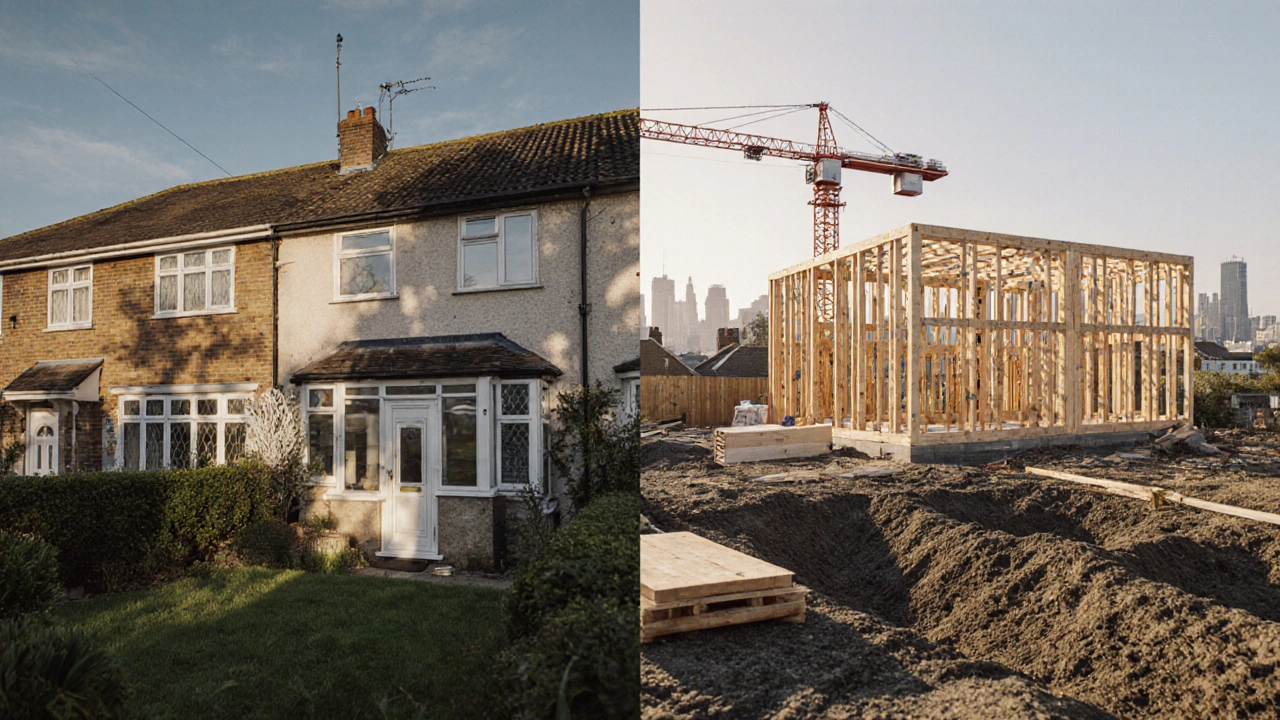New Build vs Existing Home: A Practical Comparison Guide
When evaluating new build vs existing home, the choice between a brand‑new property and a pre‑loved one can shape your comfort, budget and long‑term maintenance. Also known as new‑build versus resale, this decision influences everything from energy efficiency to hidden repair costs.
One often‑overlooked factor is mold in new homes, the surprising risk that fresh construction can bring if moisture isn’t managed properly. While older homes may have visible signs of damp, new builds can hide mold behind modern finishes, making early detection crucial.
Another critical piece of the puzzle is foundation problems, issues like settling, cracks or soil movement that affect both new and existing structures. A solid foundation underpins safety and resale value, so understanding how each property type handles ground stability is essential.
Cost considerations fall under construction costs, the total expense of building a new house versus the price tag of a resold property, including hidden fees and future upgrades. New builds often promise lower maintenance initially, yet they can carry premium prices for bespoke finishes and land acquisition.
Regulatory compliance also shapes the new build vs existing home debate. Building codes, energy standards and planning permissions differ dramatically. New builds must meet the latest standards for insulation and safety, whereas existing homes might be grandfathered in, offering flexibility but sometimes requiring costly retrofits.
Key Factors to Compare
These five elements create a web of relationships: new build vs existing home encompasses cost analysis, requires knowledge of building regulations, and is influenced by both mold risk and foundation stability. If you prioritize low‑maintenance living, a new build may win, but only if you’ve vetted moisture barriers and structural surveys. Conversely, an older home can deliver character and lower upfront price, provided you budget for potential repairs.
Practical steps help you navigate the choice. Start with a professional inspection that checks for hidden moisture, foundation integrity and overall build quality. Compare the total cost of ownership—include insurance, utility bills and projected renovation expenses. Finally, weigh lifestyle preferences: do you value a move‑in ready space with modern layouts, or are you willing to invest time into customizing an existing structure?
Below you’ll find a curated collection of articles that dig deeper into each aspect—mold prevention, foundation repair solutions, cost breakdowns, and the latest building regulations. Use them as a toolkit to make an informed decision that aligns with your budget, health concerns and long‑term home goals.
Buy vs Build a House: Which Choice Saves Money and Fits Your Lifestyle?
- Gavin Whitaker
- |
- |
- 0
Explore whether buying or building a house makes more sense financially and lifestyle‑wise. Compare costs, timelines, customization, financing, risks, and long‑term value to help you decide.
View more